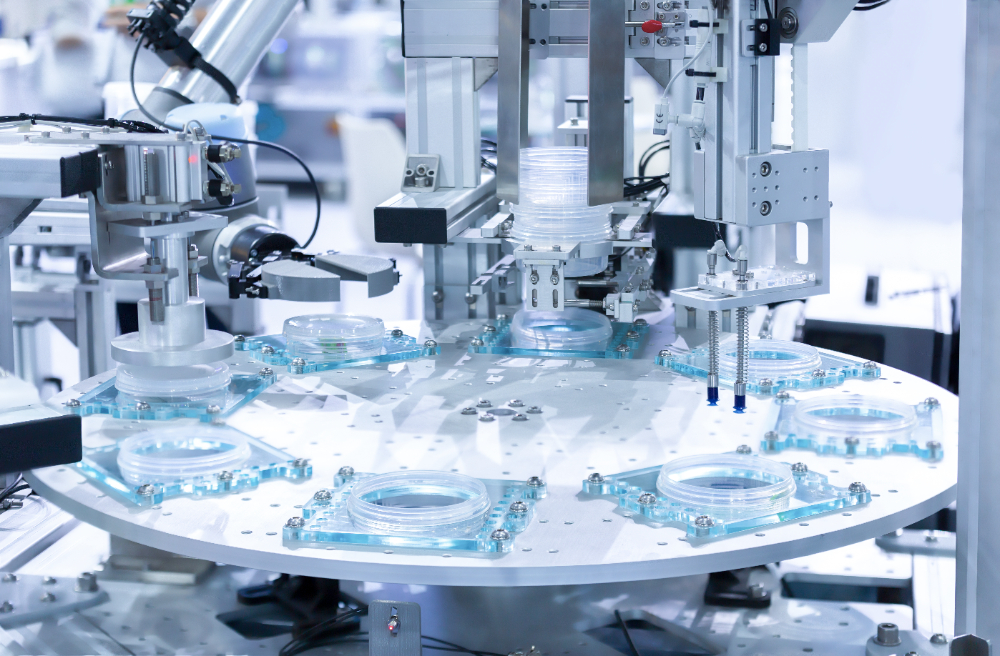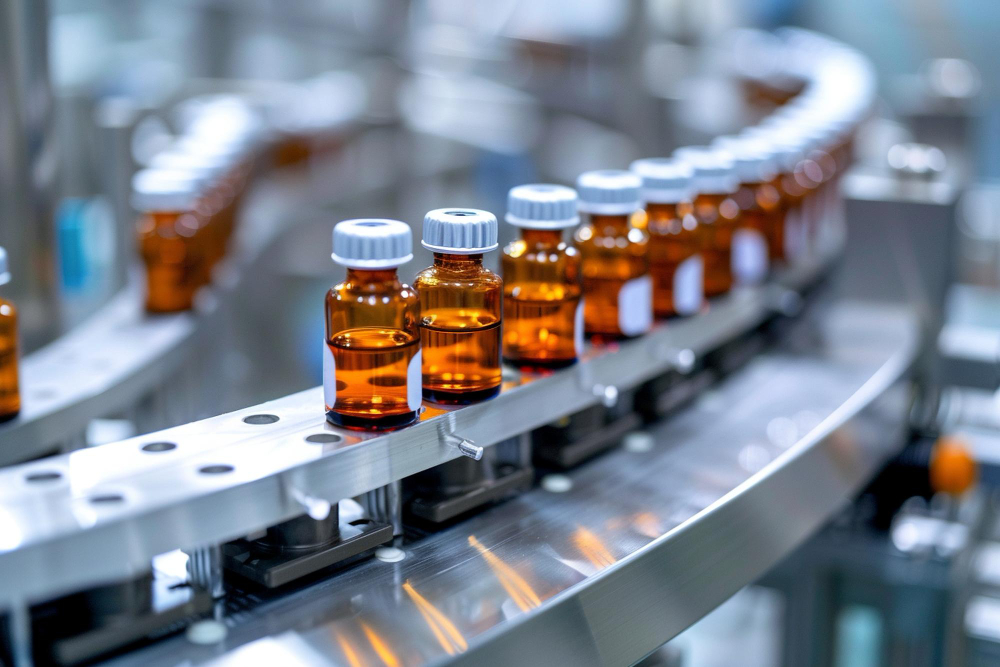High-shear mixers are essential in industries like pharmaceuticals, food, and cosmetics, where efficient mixing and granulation are critical. One of the key elements of these machines is tip speed, which significantly affects the mixing process.
But what exactly is tip speed, and why is it so important?
Let’s dive into understanding tip speed in high-shear mixers, how it works, and its role in processes like wet granulation.
What is the tip of a high-shear mixer? The tip speed refers to the velocity at which the tips of the rotor blades move in a high-shear mixer.
The faster the blades spin, the greater the shear forces exerted on the materials being mixed. This high mechanical force helps break down particles, disperse solids into liquids, and mix immiscible liquids like oil and water.

Tip speed is typically measured in meters per second (m/s) or feet per minute (ft/min). The equation to calculate tip speed is:
Tip Speed = π × Diameter of Rotor × RPM (Revolutions per Minute)
The diameter of the rotor and its rotational speed (RPM) are the key factors that determine tip speed. A larger rotor or faster RPM results in higher tip speeds, producing greater shear forces that are essential for processes like wet granulation.
The tip speed of a high-shear mixer directly impacts the quality and efficiency of the mixing process. Here’s how:
When you’re aiming to reduce particle size, higher tip speeds provide stronger shear forces, breaking down larger particles into smaller, more uniform ones. This is particularly important in industries like pharmaceuticals, where consistency in particle size is crucial for drug formulations.
In wet granulation, mixing powders with a liquid binder forms granules. High-shear mixers with faster tip speeds can mix the binder and powders more efficiently, resulting in tightly packed granules with consistent size and shape. This is essential for ensuring uniformity in tablet compression.

Tip speed also plays a critical role in emulsifying liquids, such as mixing oil and water. Higher tip speeds create finer droplets, leading to more stable emulsions. This is useful in industries like food and cosmetics, where products like sauces, creams, and lotions require smooth, consistent textures.
Wet granulation is a process in which fine powders are mixed with a liquid binder to form granules. The efficiency of this process depends heavily on the tip speed of the high-shear mixer.
At higher tip speeds, the blades exert more shear force on the powder and binder mixture, ensuring the particles are thoroughly mixed and bound together. This results in denser, more uniform granules that compress easily into tablets.
Faster tip speeds tend to produce smaller, more consistent granules. This is especially important in pharmaceutical manufacturing, where the size of granules directly affects drug delivery and dissolution rates.
A higher tip speed can reduce the time required for granulation. Because the mixer operates more efficiently, the mixing process becomes faster, leading to higher throughput in production lines.
The optimal tip speed for a high-shear mixer depends on the application. Here are some common tip speeds for different processes:
In all cases, it’s important to balance tip speed with the characteristics of the materials being mixed.
For example, overly high tip speeds might generate excessive heat, which can degrade sensitive materials like active pharmaceutical ingredients (APIs) or cause unwanted reactions.
When working with high-shear mixers, there are several factors to consider before adjusting the tip speed:
Thicker, more viscous materials may require slower tip speeds to prevent clogging or mechanical strain on the mixer. On the other hand, low-viscosity materials may benefit from higher tip speeds to achieve faster and more thorough mixing.

Some materials, such as certain pharmaceuticals, are sensitive to heat. High tip speeds can generate friction and heat, potentially degrading sensitive ingredients. In such cases, slower speeds or intermittent mixing might be necessary.
As mentioned earlier, higher tip speeds produce smaller particles and finer granules. However, for certain products, larger particles may be desired. Adjusting the tip speed allows for customization based on product specifications.
Looking to optimize your mixing or granulation process? Contact us today to learn how the right high-shear mixer and tip speed settings can improve your production line.
Yes, many high-shear mixers allow you to adjust the tip speed during operation. This flexibility helps fine-tune the process based on the materials and desired results.
If the tip speed is too low, the mixer may not generate enough shear force to properly break down particles, mix materials, or create stable emulsions. The result can be incomplete mixing or uneven granulation.
No, while tip speed is important, other factors such as rotor-stator gap, material viscosity, and mixing time also significantly impact the final product quality.




Manufacturing pharmaceutical products should always be taken seriously. That is, every process must follow the strictest and highest standards. This is the very reason why manufacturers prefer hiring an EPC contractor. Contractors working under EPC contracts will ensure the outcomes are of the best quality no matter what happens, focusing on the construction of the […]

Explore the importance of EPC contracts in pharmaceutical manufacturing. Learn how EPC works, its benefits, and why choosing an EPC contractor can guarantee project success with Canaan’s industry-leading equipment.

Discover how SCADA and PLC improve automation in the pharmaceutical industry. Learn their roles, benefits, and how Canaan’s advanced technology enhances efficiency and safety.